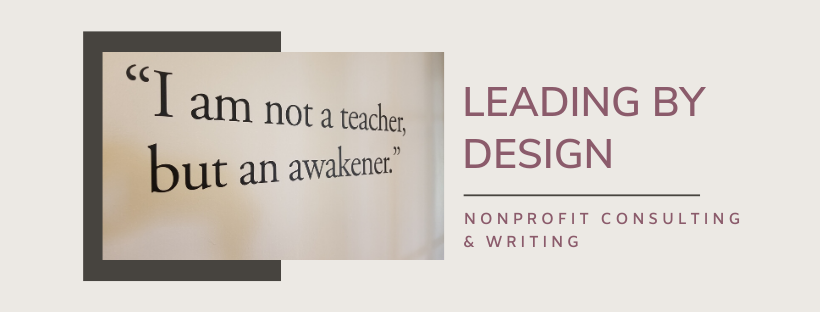Linda Norris' Uncataloged Museum blog post on transparency in museums is my impetus to knit together my recent post on measuring success with defining what those measures are. Linda points to the Indianapolis Museum of Art as the site of a great dashboard of measures that welcomes public scrutiny. In fact, it appears that the museum's dashboard might be the only public museum dashboard -- and it's almost two-and-a-half years old! The common denominator in all this is museum director Maxwell Anderson, who developed a lexicon of measures to assess organizational health in 2005 -- transparency has been the by-product. This isn't to say that museums and other cultural organizations haven't been tracking data for many years. It's the focus of the data and what's done with it that is different. Let's talk about focus first. The Indianapolis Museum of Art tracks activities in 13 broad areas of museum operations. The resulting data is often quite tigh
